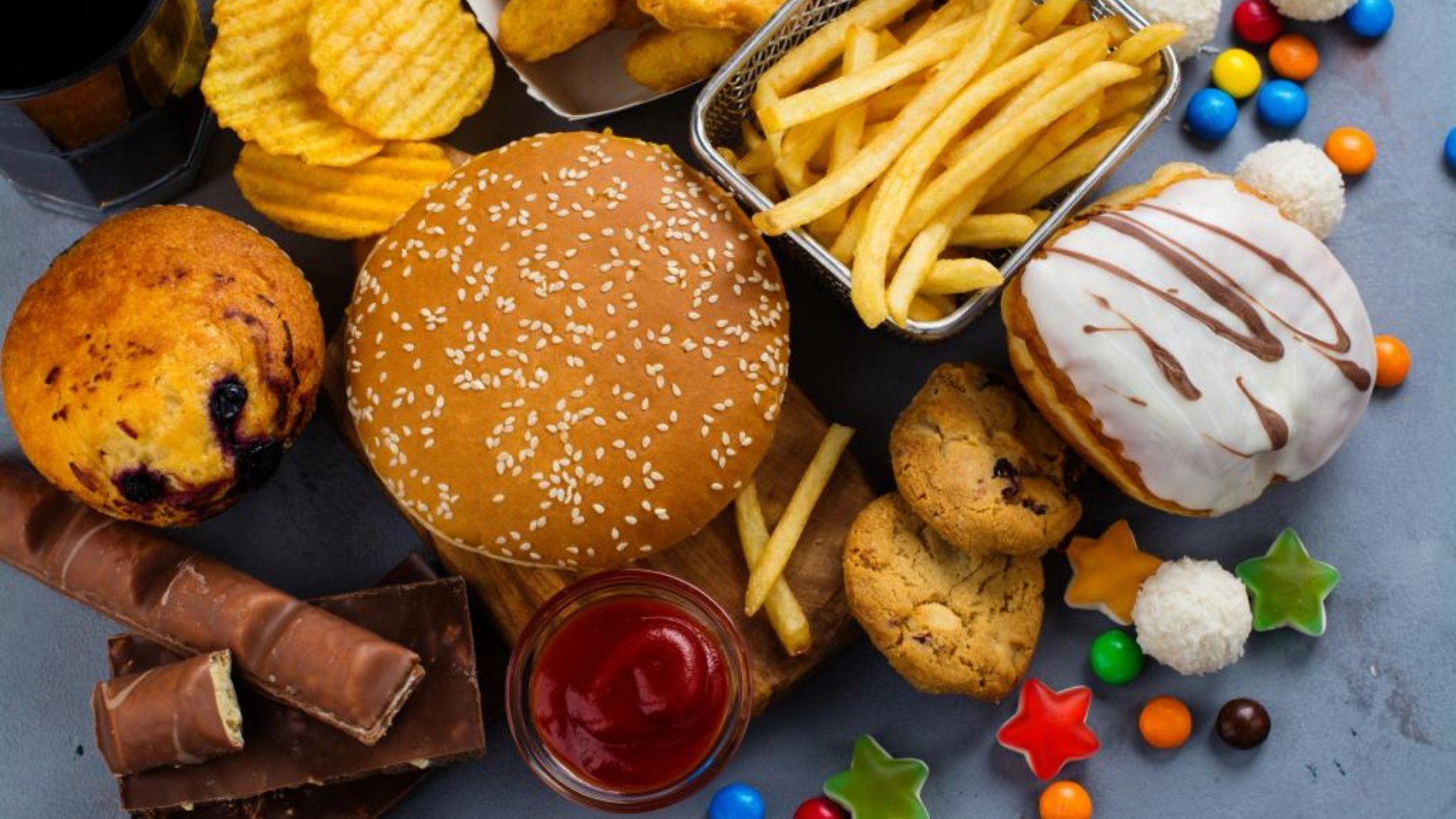In an increasingly fast-paced world, where it seems there is no time to do anything peacefully and calmly, we see how this dynamic also affects our eating style. Ultra-processed foods are becoming more prevalent in our diet, but the data is highly alarming in the United States, where these foods account for 50% of the diet of children and adults. The Centers for Disease Control and Prevention (CDC) has conducted a study revealing that the main products consumed are sugary beverages, snacks, and takeout or precooked food. This trend is causing fewer and fewer fresh or minimally processed products to be incorporated into the diet, which concerns experts.
They warn about the presence of additives, colorants, and flavor enhancers in ultra-processed products, which can have adverse effects on health. Additionally, there is the low nutritional content, as well as the dependence on these types of foods, which leads to the emergence of chronic diseases such as obesity, type 2 diabetes, and other types of problems. The risk of developing hypertension and cardiovascular diseases is increased by the presence of high amounts of sodium, saturated fats, and sugars in these products. This is why authorities emphasize the need to raise awareness among the population about the risks of this type of diet, especially in children, who have a diet based 50% on ultraprocessed foods.
What is an ultra-processed product?
There are many definitions that can be found regarding what an ultra-processed product is, but they all share the common denominator of being labeled as unhealthy. The definition provided by the Centers for Disease Control and Prevention (CDC) describes them as “those that tend to be hyper-palatable (extremely tasty and addictive), energy-dense, and low in dietary fiber. They contain little to no whole foods and instead have large amounts of salt, sweeteners, and unhealthy fats”.
On the other hand, the National Institutes of Health (NIH) define them as those that “are usually made using ingredients that would not be found in a home kitchen, such as hydrogenated oils, isolated proteins, and high-fructose corn syrup. It mentions examples like sodas, chips, chicken nuggets, and sausages, and emphasizes that an excess of these foods can be harmful to health”. It is clear that they are not healthy at all, right?
Diet based on ultra-processed
It is becoming increasingly common to see how processed products replace fresh foods, whether for convenience, speed, or functionality. However, health reports on the diet of Americans reveal highly concerning data. It has been shown that more than 50% of the calories consumed by an individual come from ultra-processed products. The alarm extends even further as this data does not only pertain to adults, but also to children. The medical community warns of the need to reduce the consumption of these products as a key next step to improve diet quality and consequently, health quality.
Products and health risks
These foods have a high percentage of additives, colorants, and flavor enhancers, which create dependence. It is not just about products with low nutritional content, but they also lead to diseases like obesity, type 2 diabetes, hypertension, or cardiovascular diseases. The presence of empty calories, high levels of sodium, saturated fats, and sugars can be found in everyday products such as:
- Sugary and energy drinks.
- Savory snacks and sweet cookies.
- Instant soups and noodles.
- Breakfast cereals with added sugars.
- Cereal or protein bars with additives.
- Pizzas and frozen prepared meals.
- Industrial breads with preservatives.
- Ice creams and industrial desserts.
Nowadays, it seems impossible to base a diet on 100% natural and unprocessed products, but it is not. In fact, it is recommended not only to reduce the consumption of ultra-processed products but to eliminate them completely from the diet, opting for a lifestyle free of those chemicals that really do not contribute anything nutritionally.




